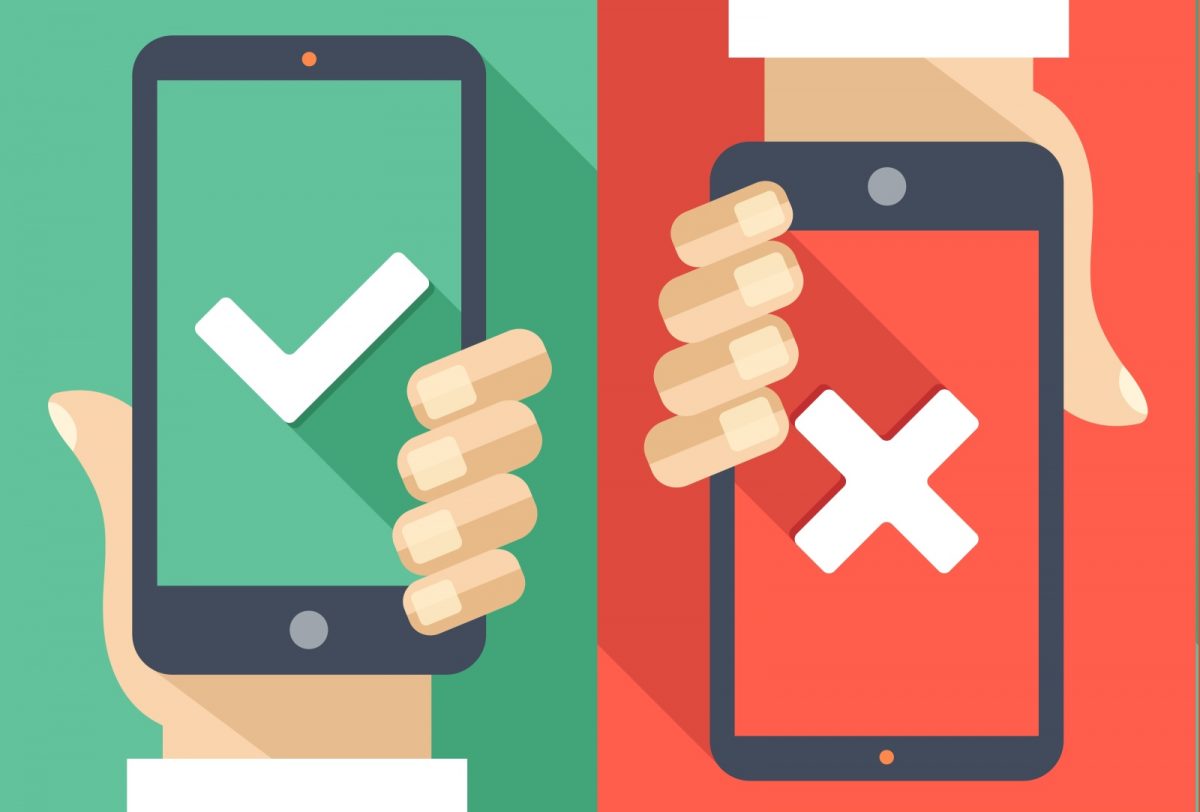Optimizing the Upside and Avoiding the Downside of Virtual Interviews
Virtual job interviews are all the rage – and for good reason. They save time, boost efficiency, and cut costs. That’s the upside!
Unfortunately there can also be a downside. For example, recently a business owner was quoted as saying that he likes virtual video interviewing because it helps him weed out “mismatched” candidates. By that he means that he screens out candidates that interview in a suit, simply because his company culture is casual.
That story reminds us that interviews, even virtual ones, can be subjective and open to human error and bias.
So, while virtual interviews have many positive attributes, we are wise to stay alert to possible pitfalls. Let’s take a closer look at each, and how the right products and services can help you successfully manage the tension.
Access
Upside. Virtual interviews expand access to applicants—exponentially. With the proper connectivity, applicants can interview 24/7 from virtually anywhere in the world. Virtual interviews eliminate travel expenses, time zone restrictions, and scheduling hassles. Universal access is one of the strongest attributes of virtual interviews. Many virtual interview platforms can also accommodate multiple interviewers and enable you to share applicant interviews online with other key decision makers.
Downside. Universal access and connectivity is by no means guaranteed. Depending on the available technology and infrastructure, the interview application may become unreliable or completely undeliverable. For certain regions of the world, connectivity and bandwidth may be limiting factors. Luckily, new streamlined mobile-friendly interview platforms help overcome this obstacle while expanding your access to a broader pool of applicants.
Efficiency
Upside. Efficiency is the most compelling reason for virtual interviews. Have you ever invested 20 minutes in an interview that was a complete waste of your time? How often does that happen? How much time would you save by eliminating those interviews—10%, 20%, 30%, or more? Virtual interviews boost efficiency and help you regain control of your time and your schedule. It’s great too, because if there is a no-show, you simply skip to the next virtual interview.
Downside. The great news is that there really is no downside to improved efficiency. With increased access and convenience, the only real challenge may be that you have more qualified applicants to review!
First Impressions
Upside. We all like to see who we’re going to hire. Granted, for some jobs, it’s more important than for others. Technology has closed the gap, making virtual interviews seem similar to in-person interviews. Virtual interviews provide a convenient way to get a real sense of the applicant, without the time and cost of in-person interviews.
Downside. Job interviews are high stakes events. Naturally, applicants are trying to impress you and win the job. Unfortunately, superficial characteristics such as appearance or mannerisms can unduly influence the hiring decision. Often this results in hiring the wrong person or bypassing the right person. So to avoid mistakes, focus on the content and substance of the interview instead of extraneous characteristics. Interview platforms that include standardized rating criteria also help to minimize the potential for bias.
Applicant Reactions
Upside. Applicants like virtual interviews. We have conducted research studies specifically targeting participant reactions and found that more than 90% responded favorably to virtual interviews. Not only did participants like the convenience, they also perceived organizations that use virtual interviews as progressive and as being preferred potential employers.
Downside. While the overall reaction to virtual interviews is strongly positive, our research also shows that certain questions and types of interviews can create negative reactions. Specifically, interviews and questions that are less concrete are viewed more negatively and can result in a perception of the interview being somewhat impersonal or subjective. Objective job-related questions, on the other hand, are perceived more favorably by candidates and result in better interview outcomes.
Consistency
Upside. Virtual interviews are standardized so that each applicant receives and responds to the same set of pre-determined questions. This reduces inconsistencies that can result from multiple interviewers with varying levels of training, skills, and experience. Virtual interviews also reduce interviewer stress and fatigue often associated with in-person interviews. Good virtual interviews ensure that each interview is conducted professionally and that each applicant has a consistent and fair interview experience.
Downside. If your virtual interview isn’t well constructed and highly job-relevant, this can put your company at risk. Since interviews are viewed as equivalent to employment tests, it’s important to get this right. Look for virtual interviews that follow a structured format. Interviews with structured, job-relevant questions and standardized rating criteria reinforce consistency and help you stay on the upside of compliance.
So, if you conduct interviews, we offer a big thumbs up to integrating virtual interviewing into your strategic hiring process. Not only will you save time and money, you’ll also expand your access to the best new talent!
To learn more about virtual interviewing, check out our EASyView Virtual Interview, or email me for more information. There’s no time like today!


